Top Places
Munnar sightseeing
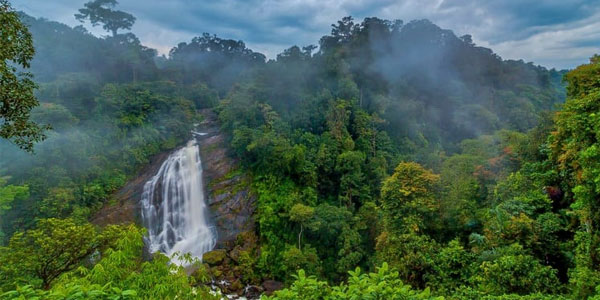
Munnar sightseeing: After breakfast proceed to Rajamalai, part of Eravikulam National Park which is the home for the highly endangered Nilgiri Thar. This place is the home for half of the worlds Nilgiri Thar Population. After that visit Mattupetty Dam were you can enjoy boating through the reservoir flanked with tea garden on one side and never ending Grass land on the other. The Echo point, famous for its echo phenomenon is a famous halting point for the tourists, Kundala is a picturesque town located at the confluence of three mountain streams namely Mudrapuzha, Nallathanni and Kundala. Evening Return to the resort and overnight stay.
Thekkady (140km-4hrs)
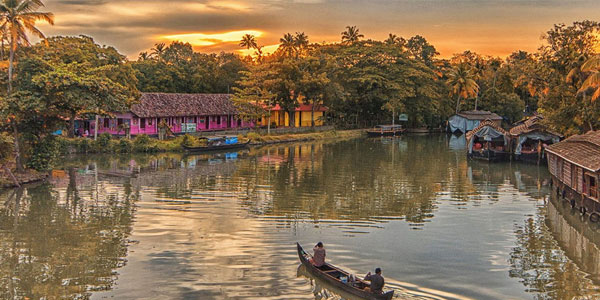
Thekkady (140km-4hrs):After breakfast proceed to Thekkady Periyar, a highly picturesque place ideal for unwinding. Upon arrival you will be taken to Resort. In the evening simmer down and gets refreshed enjoying a boat safari in the scenic Periyar Lake, occasionally winning the glance of some rare varieties of birds and animals at Periyar National Park. Return to hotel for an overnight stay.
Alleppey Houseboat (180km-5hrs)
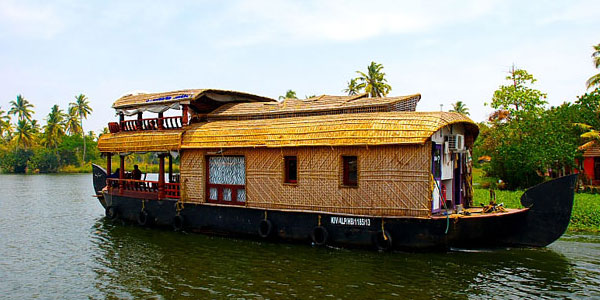
Alleppey Houseboat (180km-5hrs):Enjoy the sumptuous breakfast. Later proceed to the boat Jetty to board the beautifully decorated houseboats and begin the enchanting backwater cruising. The backwaters of Kerala is a unique product of Kerala and is found no where else in the world. A glide in a Kettuvallam (Houseboat) through the enchanting backwaters is sure to rob your heart. Youre in a watery universe, so quiet, even you can hear your own blood pumping around your head. Sparkling greens, emerald backwaters, coir-laden houseboats and magical beauty heals your mind and body as you travel to surreal Kerala. Overnight stay in the Houseboat.
Pahalgam
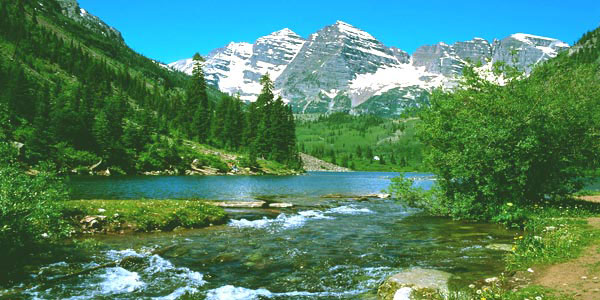
Pahalgam: is a town and a notified area committee in Anantnag district of the Indian state of Jammu & Kashmir. It is a popular tourist destination and hill station. It is located 45 kilometres (28 mi) from Anantnag on the banks of Lidder River at an altitude of 7,200 feet (2,200 m). Pahalgam is the headquarters of one of the five tehsils of Anantnag district. Pahalgam is associated with the annual Amarnath Yatra. Chandanwari, located 16 kilometres (9.9 mi) from Pahalgam is the starting point of the yatra that takes place every year in the months of July-August.
Gulmarg
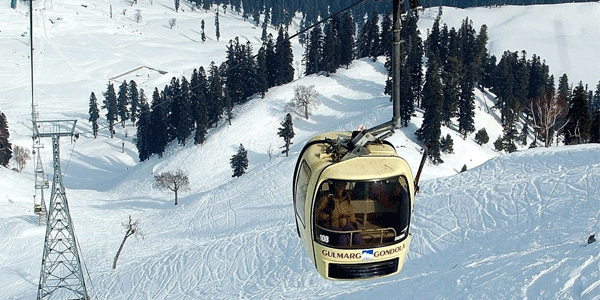
Gulmarg: Originally named Gaurimarg ("the fair one") by shepherds in honor of the Hindu goddess Parvati, the resort was renamed Gulmarg ("meadow of flowers") by Sultan Yusuf Shah of the Chak Dynasty who frequented the place with his queen Habba khatoon in the 16th century. Wild flowers of 21 different varieties were collected by the Mughal emperor Jahangir for his gardens in Gulmarg. In the 19th century, British civil servants started using Gulmarg as a retreat to escape summers in North Indian plains. Hunting and golfing were their favorite pastime and three golf courses were established in Gulmarg including one exclusively for women.One of the golf courses survives and at an altitude of 2,650 metres (8,690 ft) is the world's highest golf course. In 1927, British established a ski club in Gulmarg and two annual ski events were hosted one each during Christmas and Easter. Central Asian explorer Aurel Stein also visited Gulmarg during this period.
Sonamarg
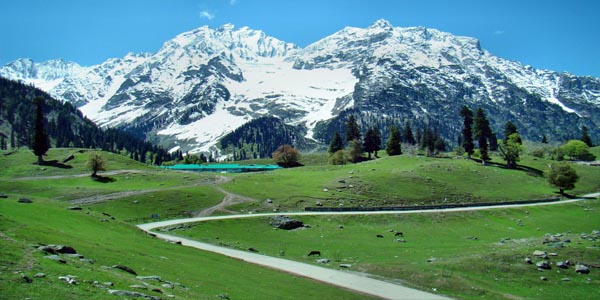
Sonmarg gives rise to The Three Sisters (Kashmir). In its vicinity lies the great Himalayan glaciers of Kashmir Valley namely Kolhoi Glacier and Machoi Glacier with some peaks of above 5000 meters: Sirbal Peak, Kolhoi Peak, Amarnath Peak and Machoi Peak. Sonmarg an alpine valley is situated at the bank of Nallah Sindh, 87 km north-east from Srinagar, it is a popular tourist destination, nestled within the imposing Himalayan peaks.It lies at an altitude of 2800 metres above sea level. The drive to Sonmarg is through yet another spectacular facet of country side in Kashmir, this time it is the Nallah Sindh, the largest tributary of the Jehlum River in the valley of Kashmir. It is upwards of sixty miles long valley and deep rock-girt gorge to open grassy meadow land and village-dotted slopes.
Srinagar
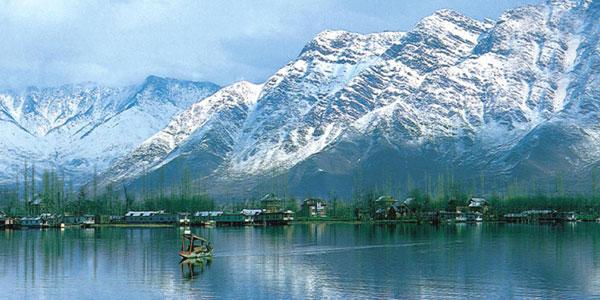
Srinagar is one of several places that have been called the "Venice of the East" or the "Kashmiri Venice" Lakes around the city include Dal Lake – noted for its houseboats – and Nigeen Lake. Apart from Dal lake and Nigeen lake city is also famous for wular lake and manasbal lake to the north of srinagar. Wular lake is one of the largest fresh water lakes in Asia.Srinagar has some Mughal gardens, forming a part of those laid by the Mughal emperors across the Indian subcontinent. Those of Srinagar and its close vicinity include Chashma Shahi (the royal fountains); Pari Mahal (the palace of the fairies); Nishat Bagh (the garden of spring); Shalimar Bagh; the Naseem Bagh.Jawaharlal Nehru Memorial Botanical Garden is a botanical garden in the city, set up in 1969.The Indian government has included these gardens under "Mughal Gardens of Jammu and Kashmir" in the tentative list for sites to be included in world Heritage sites.The Sher Garhi Palace houses administrative buildings from the state government.[citation needed] Another palace of the Maharajas, the Gulab Bhavan, has now become the Lalit Grand Palace hotel.The Shankaracharya Temple which lies on a hill top in the middle of the city, besides the Kheer Bhawani Temple are important Hindu temples in the city.
Nubra
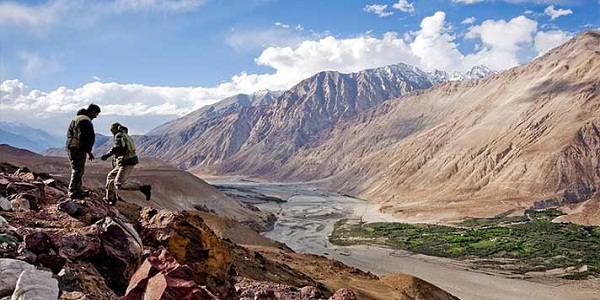
Nubra is a tri-armed valley located to the north east of Ladakh valley. Diskit the capital of Nubra is about 150 km north from Leh town, the capital of Ladakh district, India. Local scholars say that its original name was Ldumra (the valley of flowers). The Shyok River meets the Nubra or Siachan River to form a large valley that separates the Ladakh and Karakoram Ranges. The Shyok river is a tributary of the Indus river. The average altitude of the valley is about 10,000 ft. i.e. 3048 metres above the sea level. The common way to access this valley is to travel over the Khardung La pass from Leh town. Foreign nationals are required to get a Protected area permit to visit the Nubra Valley. Since 1 April 2017 Indian citizens are also required to get an Inner Line Permit to visit the valley.
Pangong Tso
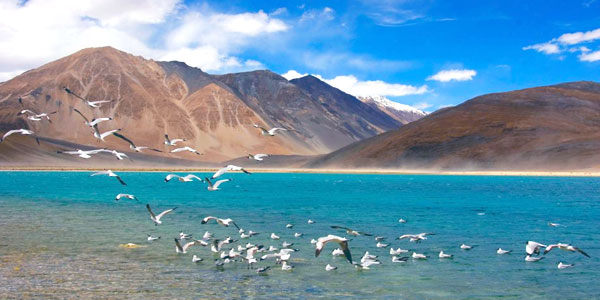
Pangong Lake , is an endorheic lake in the Himalayassituated at a height of about 4,350 m (14,270 ft). It is 134 km (83 mi) long and extends from India to China. Approximately 60% of the length of the lake lies in China. The lake is 5 km (3.1 mi) wide at its broadest point. All together it covers 604 km. During winter the lake freezes completely, despite being saline water. It is not a part of Indus river basin area and geographically a separate land locked river basin.
The lake is in the process of being identified under the Ramsar Convention as a wetland of international importance. This will be the first trans-boundary wetland in South Asia under the convention.
Jammu

Jammu Tourism is the largest industry in Jammu as in the rest of the state. It is also a focal point for the pilgrims going to Vaishno Devi and Kashmir valley as it is second last railway terminal in North India. All the routes leading to Kashmir, Poonch, Doda and Laddakh start from Jammu city. So throughout the year the city remains full of people from all the parts of India. Places of interest include old historic palaces like Mubarak Mandi, Purani Mandi, Rani Park, Amar Mahal, Bahu Fort, Raghunath Temple, Ranbireshwar Temple, Karbala, Peer Meetha, Old city and a number of shopping places, fun parks, etc.
Patnitop
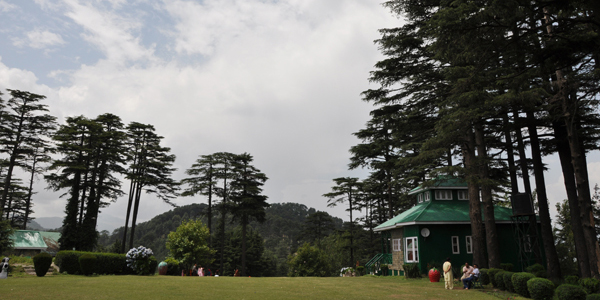
Patnitop is a hilltop tourist location in Udhampur district in Jammu and Kashmir state of India on National Highway 44 112 km (70 mi) from Jammu on the way from Udhampur to Srinagar. Situated on a plateauin the Shivalik belt of the Himalayas, Patnitop sits at an altitude of 2,024 m (6,640 ft). The river Chenab flows in close proximity to this location.